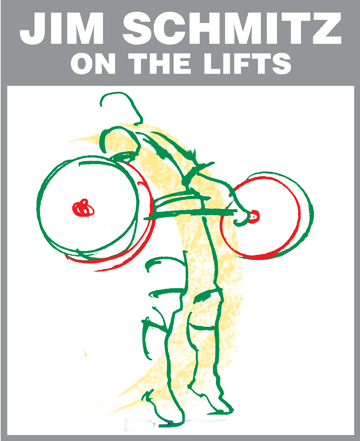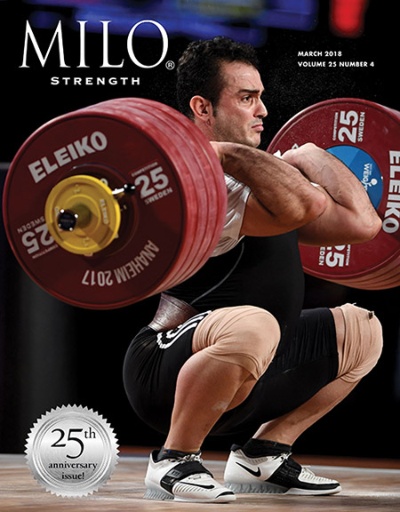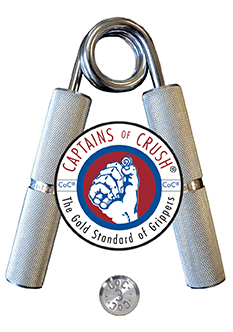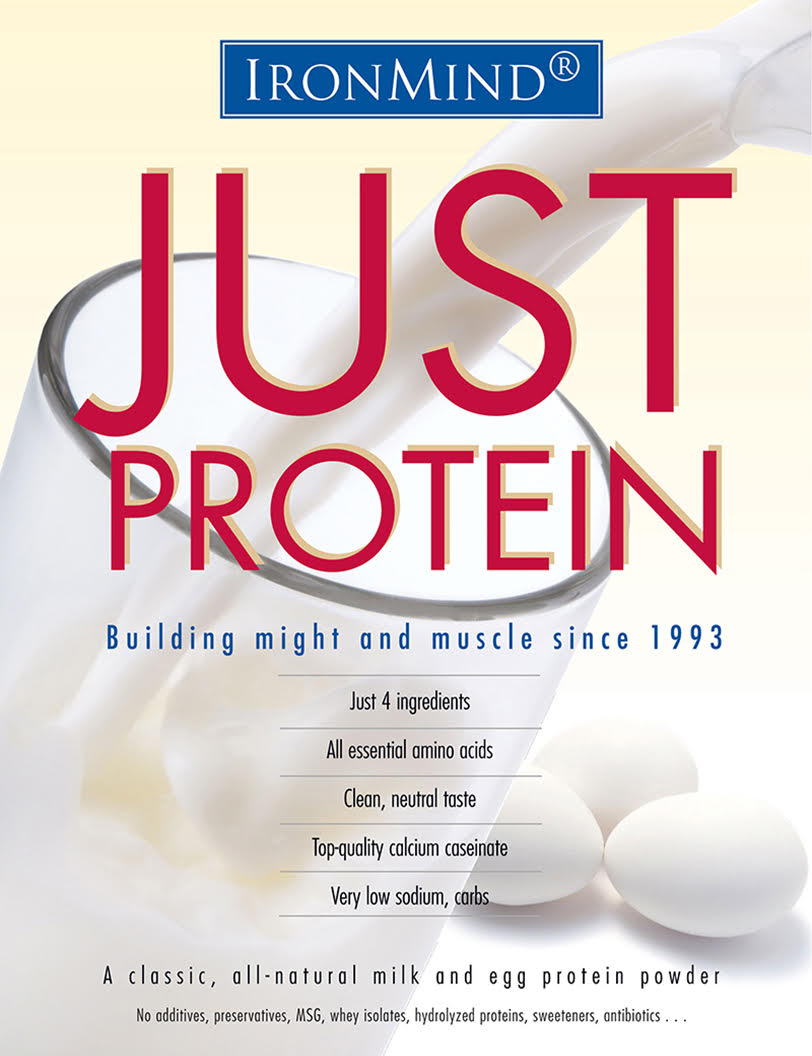
U.S. Olympic Weightlifting Team Coach 1980, 1988 & 1992 Author of Olympic-style Weightlifting for Beginner & Intermediate Weightlifters Manual and DVD
I've been going to gyms for weight training and weightlifting since 1964 and for some reason—I don't recall when, why, or where I started doing it—I've always brought a gym bag with everything I would need for my workout. I've always packed sweatpants, t-shirt or sweatshirt, socks, jock, workout shoes (work boots, before weightlifting shoes), chalk, towel, soap, belt, straps, athletic tape, and my workout log book. I'm always amazed at the people who come to the gym unprepared with the workout gear needed for their workouts. Of course in 1964 gyms didn't provide towels, soap, shampoo, and deodorant like many do today; and also in those days even though the gym might have been rustic and dusty, everyone showered after their workouts and put on a change of clothes. Nowadays a lot of gyms don't even provide showers and people come in wearing their workout clothes and go home or out and about in their workout clothes.
If you are a serious strength athlete, you need to have everything you will need for your workout in your gym bag—except liquids, they need to be in a separate bag. There are two incidents that I know of firsthand as to why it's not a good idea to put liquid containers in your gym bag. The first one happened on my first workout at Alex's Gym in San Francisco in November 1964. Arnie Strite, a San Francisco police officer and very strong weightlifter, rode up to the gym on his motorcycle. As he parked it he knocked off his gym bag and it crashed to the ground and you could hear glass breaking. Arnie let out a few choice swear words. He had a bottle of Jack Daniels whiskey in his gym bag and it broke and spilled whiskey on all his gear, so that day Arnie worked out in his street clothes and received a lot of ribbing from everyone for weeks.
The other incident was more serious, and it happened to Bruce Wilhelm in 1975 at the New Zealand Games in Christchurch. When Bruce left the hotel to go to the compeition, he packed his gym bag with everything he would need to compete in—lifting suit, socks, t-shirts, belt, shoes, wraps, tape, etc.—and a couple of cans of Coca-Cola. He doesn't remember when it happened, but somewhere between the hotel and the competition hall the Cokes exploded and soaked all his gear. Upon realizing what happned, Bruce also let out several expletives. Vasily Alexeev, the famous two-time Russian Olympic champion, was there and he got quite a laugh out of watching Bruce wringing out his liting suit, shirt, and socks.
Over the years I've seen some funny things with people coming to the gym unprepared and then they have to borrow stuff or do wtihout. I've seen everything from paper shopping bags to Louis Vuitton designer bags; however, it's not what the bag looks like that's important, it's what's in the bag.
Here are some basic things you should always bring to the gym:
| Good sturdy gym bag | |
| Lifting shoes | Lifting belt |
| Wraps for knees & wrists | Athletic tape |
| Pulling straps | Extra t-shirt |
| Extra sweatshirt | Shorts |
| Underwear | Sweatpants |
| Extra socks | Lifting suits |
| Chalk | Nail clippers |
| Emery board | Towels |
| Soap / shampoo | Deodorant |
| Analgesic liniment | Band-Aids® |
| Aspirin / ibuprofen | Smelling salts |
| Workout log book | Pen or pencil |
The above list is everything I can think of that you might want to have for either a workout or a competition. Even though you may not regularly wear a lifting belt, I can assure you that there will be times when you will and it's best to have one that fits. You may carry around a block of chalk for years, but some day your gym or even a competition venue may not have chalk. At the 1989 World Weightlifting Championships in Athens, Greece, they ran out of chalk for the super heayweights and we had to borrow some from the Germans. If you lift long enough I'm sure you will need everything on my list at least once.
Some people really go overboard as well, so clean out your gym bag regularly so it doesn't get too heavy or full of smelly gym gear that needs to be laundered. Make sure you always bring to the gym everything you will need for your workout and the rest of the items on the list just in case something unexpected happens like tearing a callus or ripping out your shorts on a massive PR clean and jerk. Always check the contents of your gym bag before you leave for the gym or the competition.
I can't say or stress this enough, so I'll say it again: don't put liquids in your gym bag. In fact, wrap your liniments in a plastic bag and keep them in a separate pocket in your gym bag from what you will be wearing. There's nothing worse than analgesic liniment in your shorts. When traveling never check your lifting gear if you are flying, and if traveling by car or bus try to have it within your sight.
Last but not least, don't leave your gym bag in your car—read my previous "Schmitz on the Lifts article, "Secure Your Gear." Oh, and remember to use the hook grip when you carry your gym bag!

















